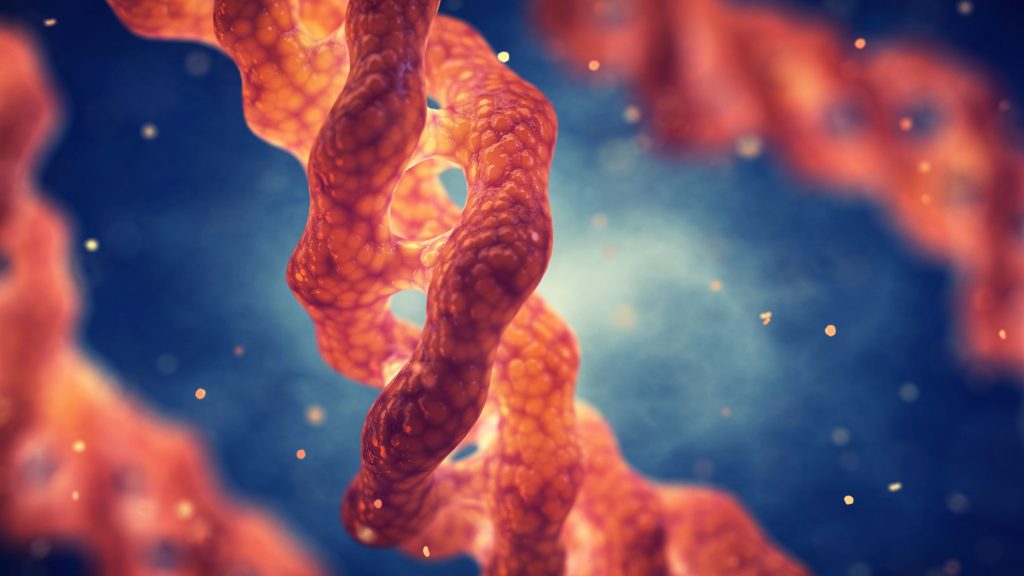FREE Shipping on Orders over $89 with Account – Create One Today!
- (844)-859-9400
- Get Help

From our friends at Sanara MedTech:
Wound healing is a complex, multi-stage process toward skin repair. Collagen in its various states after injury, from the native triple helix molecule, denatured molecule and hydrolyzed fragments, serve different purposes during wound repair. This article identifies the features and benefits of collagen in these different states, from structure to sacrificial substrate to cellular signaling. HYCOL hydrolyzed collagen wound dressings are composed of collagen fragments indicated for partial and full thickness wounds. HYCOL hydrolyzed collagen products provide a moist wound environment conducive to wound healing, and the benefit of hydrolyzed collagen that are approximately 1/100th the size of native collagen.
Collagen use in wound healing and soft tissue repair were initially thought to function only as structural support. However, the function of ECM and in particular, collagen, goes beyond providing physical support for tissue integrity and elasticity. Recent research has revealed greater insight into the biochemistry of collagen and how collagen responds to tissue injury and its means to support wound repair.
After tissue injury, normal wound healing proceeds through several overlapping phases of inflammation, proliferation and remodeling. One of the components that is critically important throughout these phases is collagen in its various forms. Through collagen biosynthesis, the collagen assists in the regulation of these processes. This has led to a variety of uses of collagen in its native, denatured and hydrolyzed states. Understanding these differences and how it impacts the wound environment is imperative when choosing a collagen product.
Native collagen has properties very different to those of denatured, or hydrolyzed collagens. Native collagen is comprised of three polypeptide chains that are rich in amino acids and are twisted together tightly into a triple helical structure. In its triple helix state, the native collagen molecule is more viscous and has a larger molecular size of around 300 kilodalton. Because this structure is held together so tightly with hydrogen bonds, the collagen peptides are locked up in this tough and insoluble matrix of collagen fibers.
The body hydrolyzes native collagen upon injury through matrix metalloproteases (MMPs) and other proteinases into soluble component amino acids which normally occurs in a healthy individual over 2-5 days. A native collagen product is biodegradable, but there is variation in the time for the molecular structure to be incorporated into the body. Native intact collagen products typically provide a natural scaffold or substrate for new tissue growth.
Denatured collagen has different properties than native and is a result from the unwinding of the triple helix molecule into three separate strands prior to hydrolysis. Unwinding of the triple helix molecule in product manufacturing is often done by heat processing. The molecular size is of a moderate range of 94-96 Kilodalton. These long chains are more readily impacted by excess MMPs and proteinases.
For this reason, denatured collagen is often paired with other agents in wound products making viscosity dependent on that substance (such as denatured collagen with oxidized regenerated cellulose). Denatured collagen is most often used as a sacrificial substrate that diverts MMPs from digesting newly formed tissues.
Hydrolyzed collagen is native collagen that has been unwound, and then fragmented into amino acid peptides. Once a collagen chain has been separated, the hydrolysis of collagen is carried out normally by the action of proteolytic enzymes. These resulting collagen-derived fragments control many cellular functions with unique physicochemical and biological or chemotactic properties. This means it impacts cells such as fibroblasts and keratinocytes, and enhances the metabolic activity of the granulation tissue and body’s repair mechanisms.
The low viscosity of hydrolyzed collagen allows for formation of a soluble gel on contact with wound exudate. It’s much smaller size of 3-6 kilodaltons (about 1/100th the size of native collagen) makes it easier for the body to incorporate. In commercial applications, this small size also provides increased surface area coverage allowing for intimate contact with wound contours. Hydrolyzed collagen does not provide structure, but instead supports chemotaxis and cellular proliferation through its specific properties on a variety of cells and growth factors. Hydrolyzed collagen also demonstrates adhesive properties.
The collagen molecule is already broken down into specific amino acid chains through hydrolyzation. These fragments are a fraction of the size of native collagen. The process of hydrolyzation of collagen into fragments for commercial applications is proprietary as the specific process of hydrolysis can affect not only the size of the fragments, but also the physiochemical, functional and biological end product.
Collagen applied as adjunct therapy in wound healing aids in supporting a proangiogenic, anti-inflammatory environment to resolve the injury towards healing in a timely fashion. The gelling properties, and absorption capabilities of hydrolyzed collagen powder and gel dressings also provides a surface coating to enhance moisture retention in wounds of various levels of exudate. It conforms to any wound bed, including tunneling and undermining wounds. It is indicated for both partial and full thickness wounds, as well as 1st and 2nd degree burns, and is easy to apply. Hydrolyzed collagen is particularly appropriate for recalcitrant wounds.
